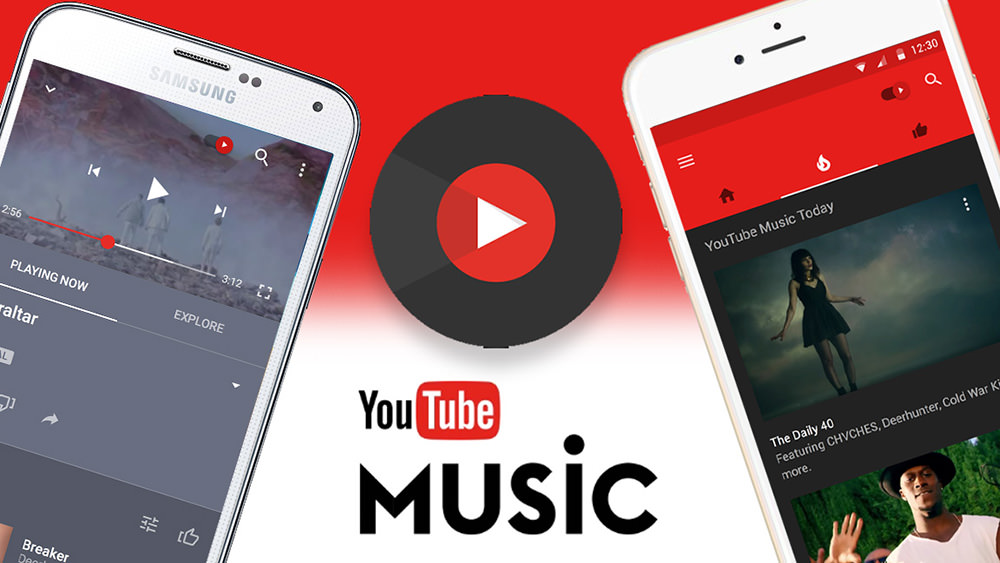At the staggering rate in which Google’s video streaming site flags copyrighted music, one would assume the two of them were fast friends. However, YouTube’s global head of music, Lyor Cohen, says there is a disconnect—something he intends to fix.
“I get why some in the music industry would be skeptical of their relationship with YouTube. They were late to the subscriptions party and YouTube’s focus for many years was largely just on ads,” Cohen wrote on the YouTube blog. “While they have been at subscriptions for a year, and the numbers are very encouraging, YouTube must prove its credibility when it comes to its ability to shepherd their funnel of users into paid subscriptions.”
YouTube may be struggling with credibility with marketers—particularly when it comes to brand safety—but the site is already proving its credibility to consumers. Sixty-eight percent of the total US population has used the video portal to watch music videos or listen to music, according to Edison Research. In 2015, YouTube reported that 25 percent of American adults call YouTube their top source for discovering new music.
YouTube Red has merged with Google Play Music to create a single offering, but its success will rely on both brand awareness and partnerships with the music industry itself. Speaking on a panel at the New Music Seminar conference in New York, Cohen—a veteran of Def Jam and Warner Bros. Records—said, “In my mind, the missing piece on building these businesses is collaborating with the [music] industry, and not just making deals and going away and seeing how it works.”
Despite music’s popularity on the site, music industry executives see YouTube as a threat to its sustainability—creating what Frances Moore, chief executive of the International Federation of the Phonographic Industry (IFPI) calls a “value gap.”
She said that the biggest threat for continued growth is “a growing mismatch between the value that user upload services such as YouTube extract from music, and the revenue returned to those who are creating and investing in music.”
In IFPI’s annual state of the industry report, Moore said, “The whole music community is uniting in its effort to campaign for a legislative fix to the value gap and we are calling on policymakers to do this. For music to thrive in a digital world, there must be a fair digital marketplace.”
Some 900 million people use services such as YouTube and pay around $553 million to rights holders in revenue. By contrast, according to IFPI’s “conservative estimates,” the much smaller base of the 212 million users of licensed audio subscription services (both paid and ad-supported) such as Spotify and Apple Music paid more than $3.9 billion last year.
Cohen understands the concern but hopes to correct misconceptions during his time at YouTube.
“Critics complain YouTube isn’t paying enough money for ad-supported streams compared to Spotify or Pandora,” he said. “I was one of them! Then I got here and looked at the numbers myself. At over $3 per thousand streams in the US, YouTube is paying out more than other ad-supported services.”
While music executives dismiss Cohen’s claims as “fake news,” YouTube says knowledge is power.
“The real solution here is data transparency,” a YouTube spokesperson told Music Business Worldwide. “This can be achieved if labels and publishers offer artists and songwriters direct access to YouTube Analytics.”

